Turn around: Julian Hoeber's latest solo show takes off
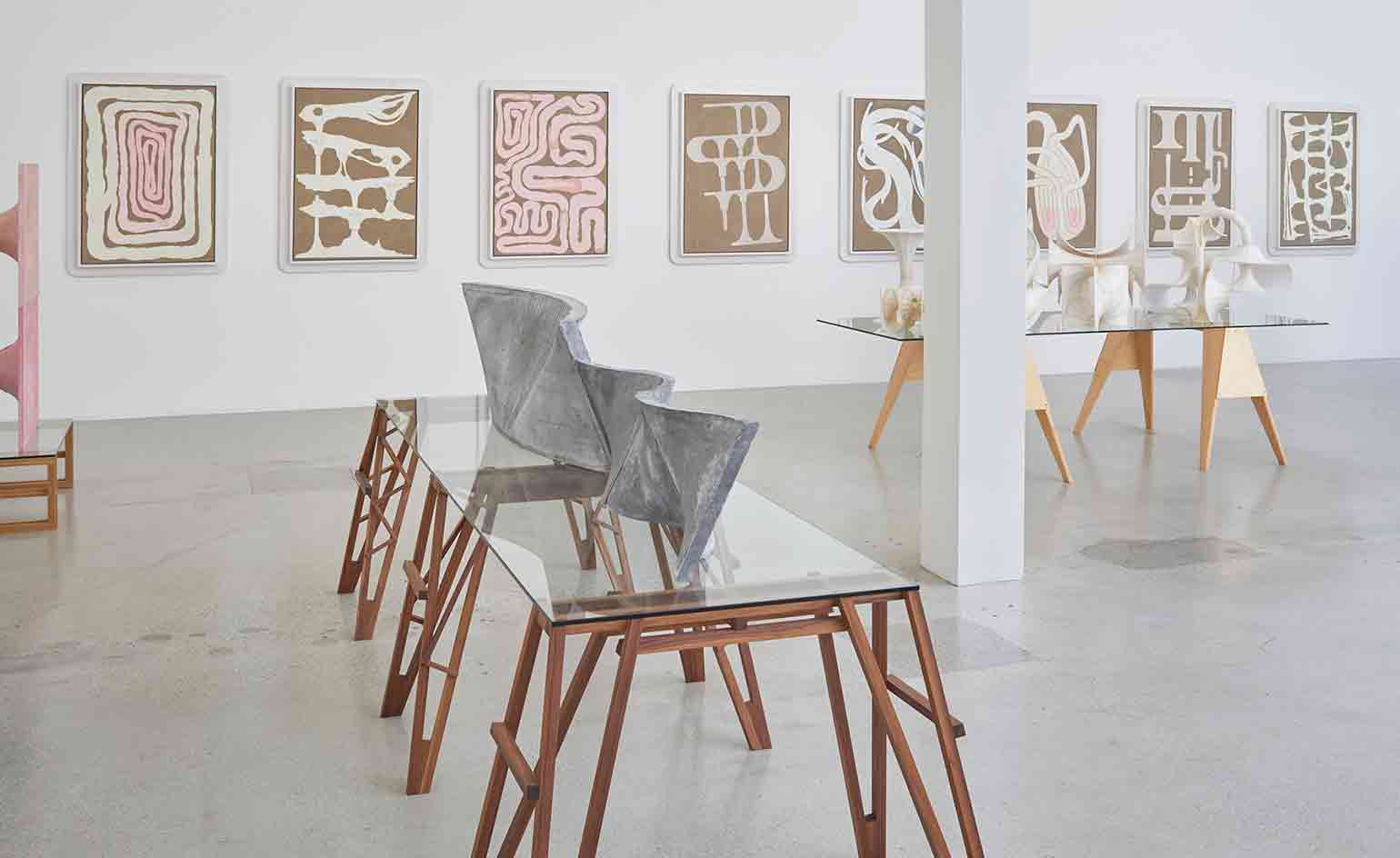
When Julian Hoeber was growing up, the Los Angeles-based artist would visit the Philadelphia Museum of Art with his father and grandmother. It was there that he first saw Marcel Duchamp's Étant donnés and to this day he has a Proustian memory of that painting, especially as it related to the experience he had inside the two-story fiberglass human heart you can walk through at the neighboring Science Museum. ‘These are parallel experiences for me and if there is this formative moment, it's where the machine and the classical bumps up against the weird and irrational,’ says Hoeber, noting this merger of conceptual and physical architectures played heavily on him as a child. ‘I grew up surrounded by a lot of architects.’
His parents redesigned a few homes (one of which was a Frank Furness structure), Anne Tyng's daughter was his babysitter (the Tyngs were neighbors), and Ant Farm's Chip Lord had given the family posters which hung around the house. ‘I kind of absorbed architecture by osmosis, and I always avoided it in my own practice,’ says Hoeber, who found himself more frequently observing buildings rather than taking in art museums when he was traveling for his own exhibitions. ‘After a few stumbles, I came upon this idea of trying to design a pavilion.’
In the process of conceiving this imagined structure, a raft of architectural ideas started materialising in other forms. ‘I realised going into something massive would give me a lot of space to be inventive,’ says Hoeber, who began with the idea of an airport terminal because it was an ‘introspective structure’ and the notion of the journey was, to him, the central Western metaphor for narrative. ‘The terminal continually returns to its own center and that to me seemed like the psychoanalytical journey.’
Though there was never a hard plan to find patrons to instigate the space, the first fruits of this process are now on display in ‘The Inward Turn’, Hoeber's new solo show at San Francisco's Jessica Silverman Gallery. There, he riffs on Klein's bottle — a glass sculptural iteration of the Mobius strip conceived by the German mathematician Felix Klein in 1882 — as well as bovine intestinal tracts, which gave birth to a labyrinthine series of beige, pink and gray acrylic on linen paintings he calls ‘Floorplans’. They speak to the etymological roots of rumination and the security lines at airports.
‘I look for emotional and psychological parallels of the structures,’ says Hoeber, who also created sculptures rendered with foamcore and Japanese kozo paper or pigmented fiberglass and reinforced ultracel cement. They allude to these looping structures and take construction notes from a cast concrete Tadao Ando model he'd seen at Paris' Centre Pompidou last fall. ‘I'm constantly doing this circuitous and ruminating process in order to develop these forms,’ says Hoeber. ‘A lot of what has come out in this show is trying to puzzle through the process of model-making and techniques and those techniques produce other types of forms.’
Whether or not they ever materialise as a pavilion is a different story. ‘A lot of artists have grand ambitions, but that usually means generating capital and that's not where the energy is for me,’ he says, noting that if he were to realise an actual structure an ideal setting might look like the overgrown sculpture garden outside Mexico City's Museo Universitario Arte Contemporáneo. ‘If this were ever built I would love for it to decay in a weird way that would be penetrated by forces of nature.’
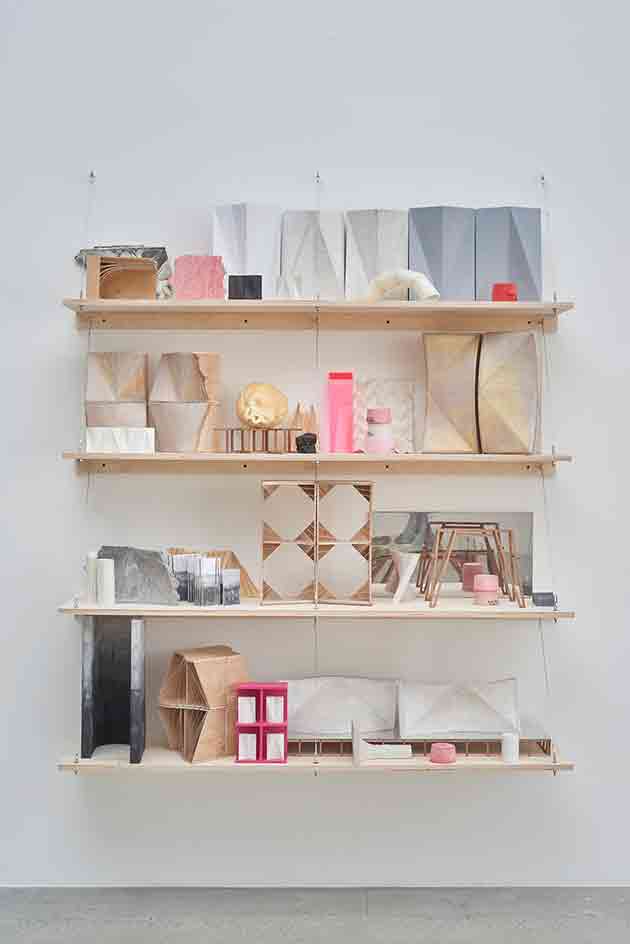
Growing up surrounded by architecture, Hoeber finds himself more frequently observing buildings rather than taking in art museums while he is traveling for his own exhibitions
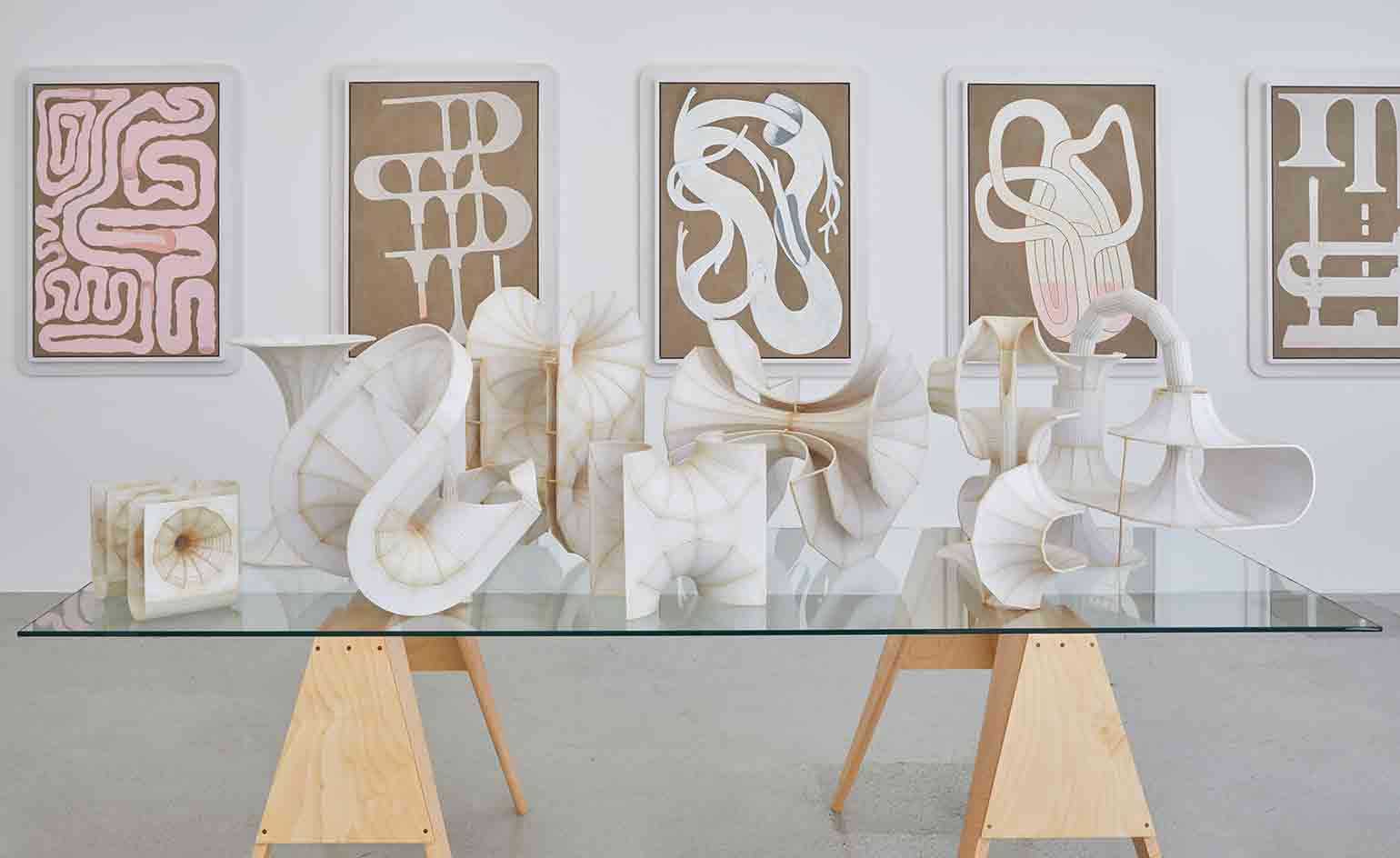
A labyrinthine series of beige, pink and gray acrylic on linen paintings he calls ‘Floorplans’ speak to the etymological roots of rumination and the security lines at airports
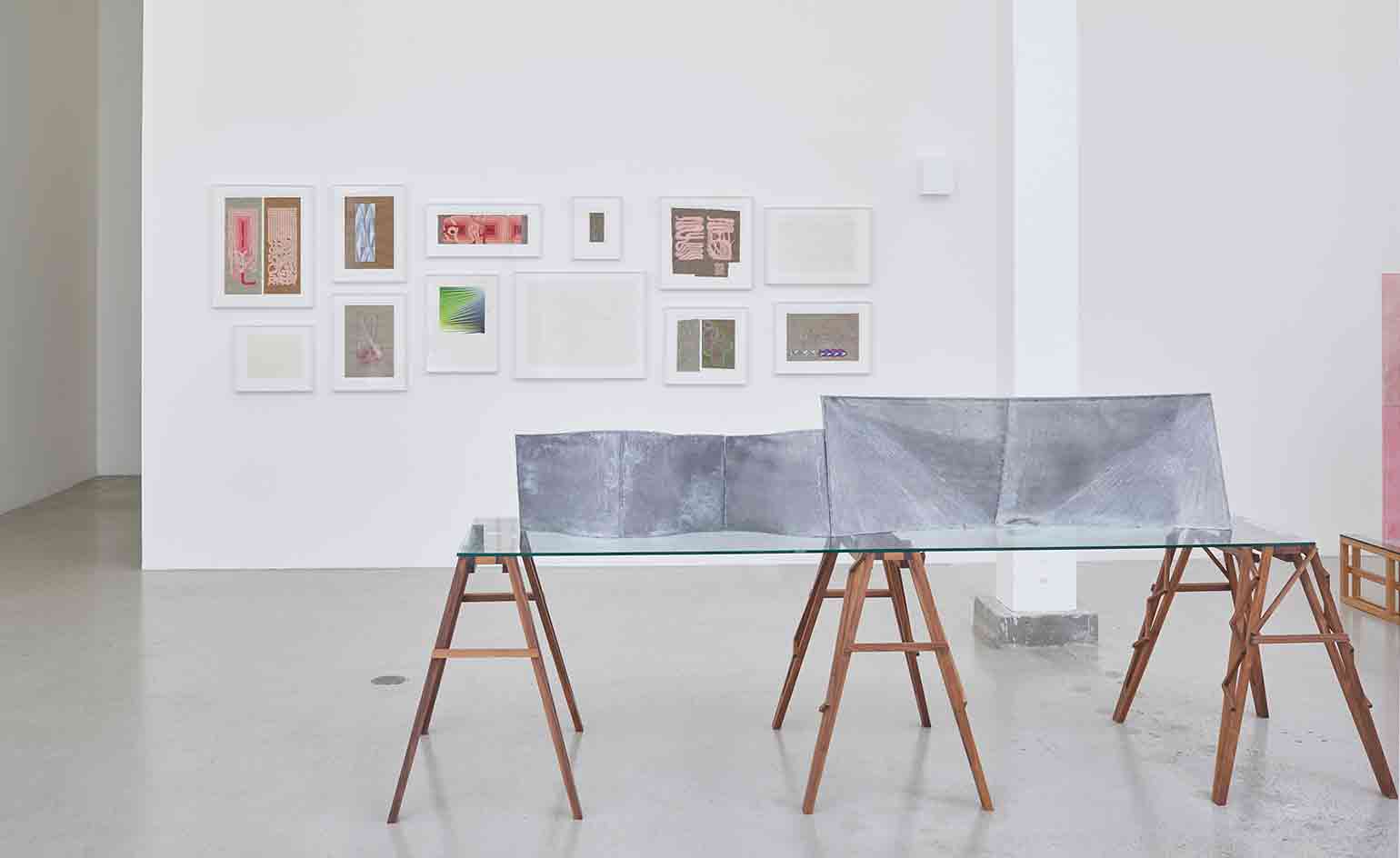
‘I look for emotional and psychological parallels of the structures,’ says Hoeber, who also created sculptures rendered with foamcore and Japanese kozo paper or pigmented fiberglass and reinforced ultracel cement
INFORMATION
’The Inward Turn’ by Julian Hoeber is on view until 19 December
Photography: Courtesy of the artist and Jessica Silverman Gallery
ADDRESS
488 Ellis St
San Francisco
Receive our daily digest of inspiration, escapism and design stories from around the world direct to your inbox.
-
 Best of Design Miami Paris 2025: animal sculptures and musical ping-pong tables
Best of Design Miami Paris 2025: animal sculptures and musical ping-pong tablesDesign Miami Paris returns to the Hôtel de Maisons (until 26 October 2025): here are the Wallpaper* highlights
-
 Sam Falls is inspired by nature’s unpredictability in living works for Ruinart
Sam Falls is inspired by nature’s unpredictability in living works for RuinartThe artist creates works that are in-between photography and painting as part of Ruinart's Conversations with Nature series
-
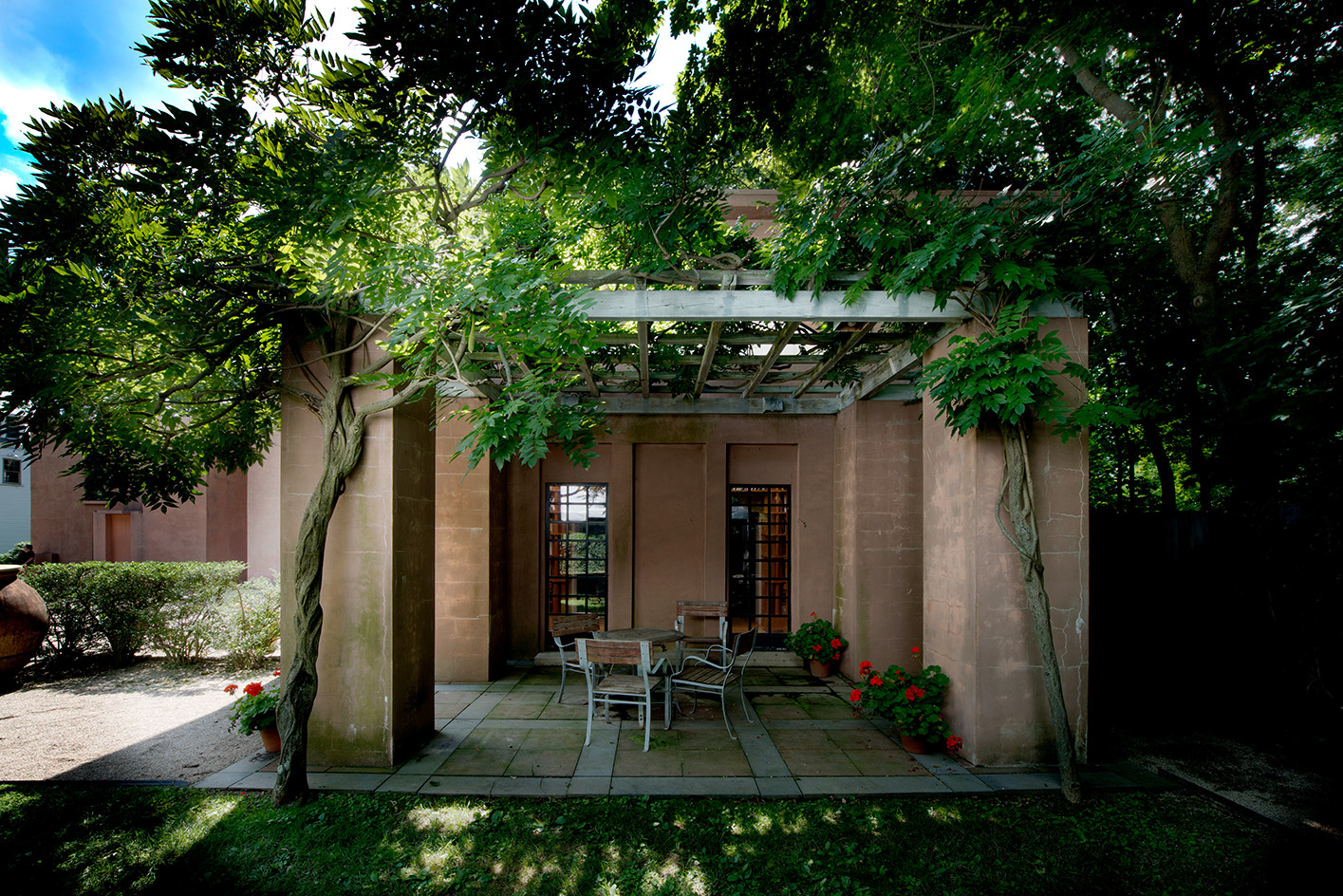 Michael Graves’ house in Princeton is the postmodernist gem you didn’t know you could visit
Michael Graves’ house in Princeton is the postmodernist gem you didn’t know you could visitThe Michael Graves house – the American postmodernist architect’s own New Jersey home – is possible to visit, but little known; we take a tour and explore its legacy
-
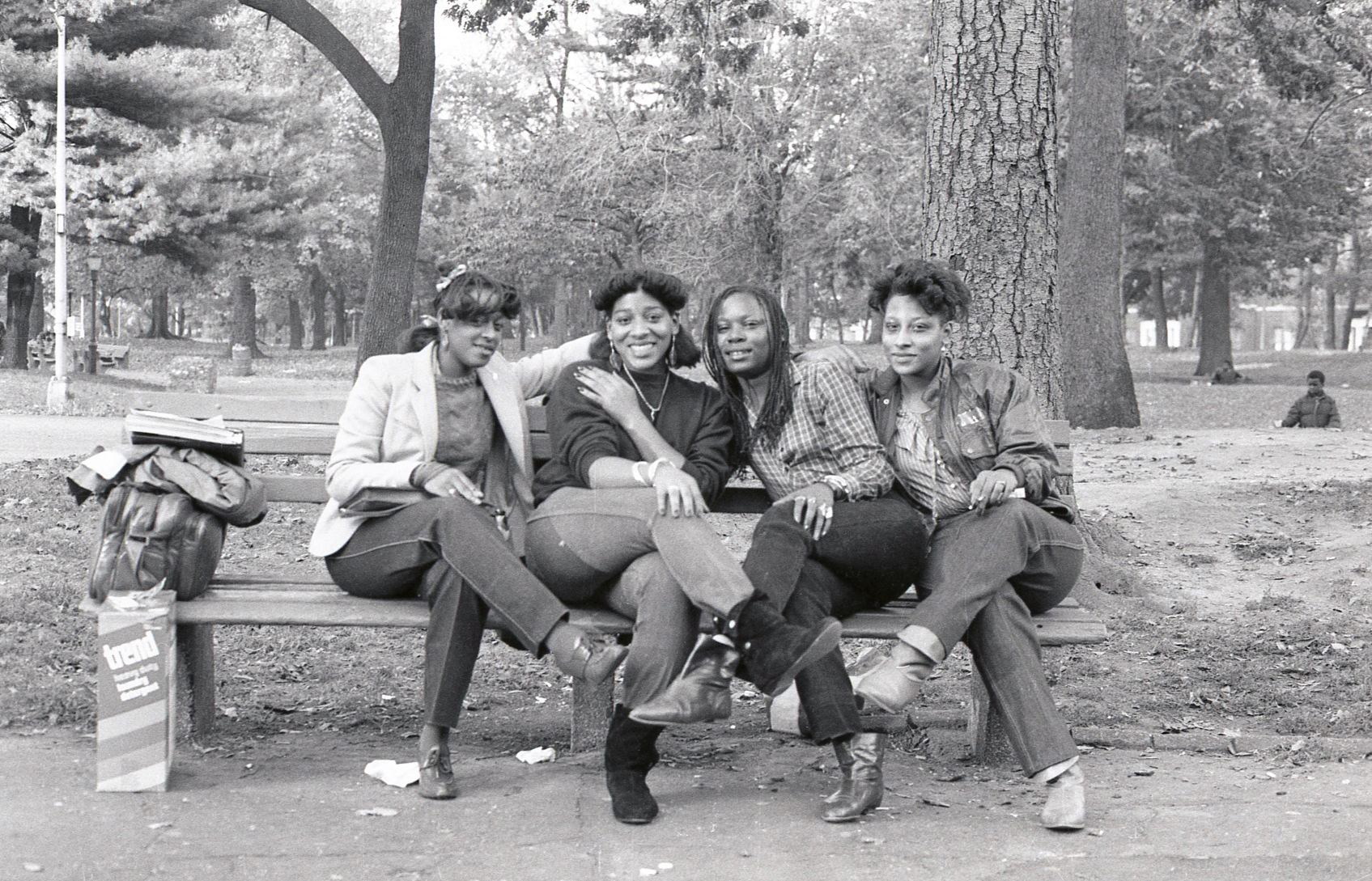 Jamel Shabazz’s photographs are a love letter to Prospect Park
Jamel Shabazz’s photographs are a love letter to Prospect ParkIn a new book, ‘Prospect Park: Photographs of a Brooklyn Oasis, 1980 to 2025’, Jamel Shabazz discovers a warmer side of human nature
-
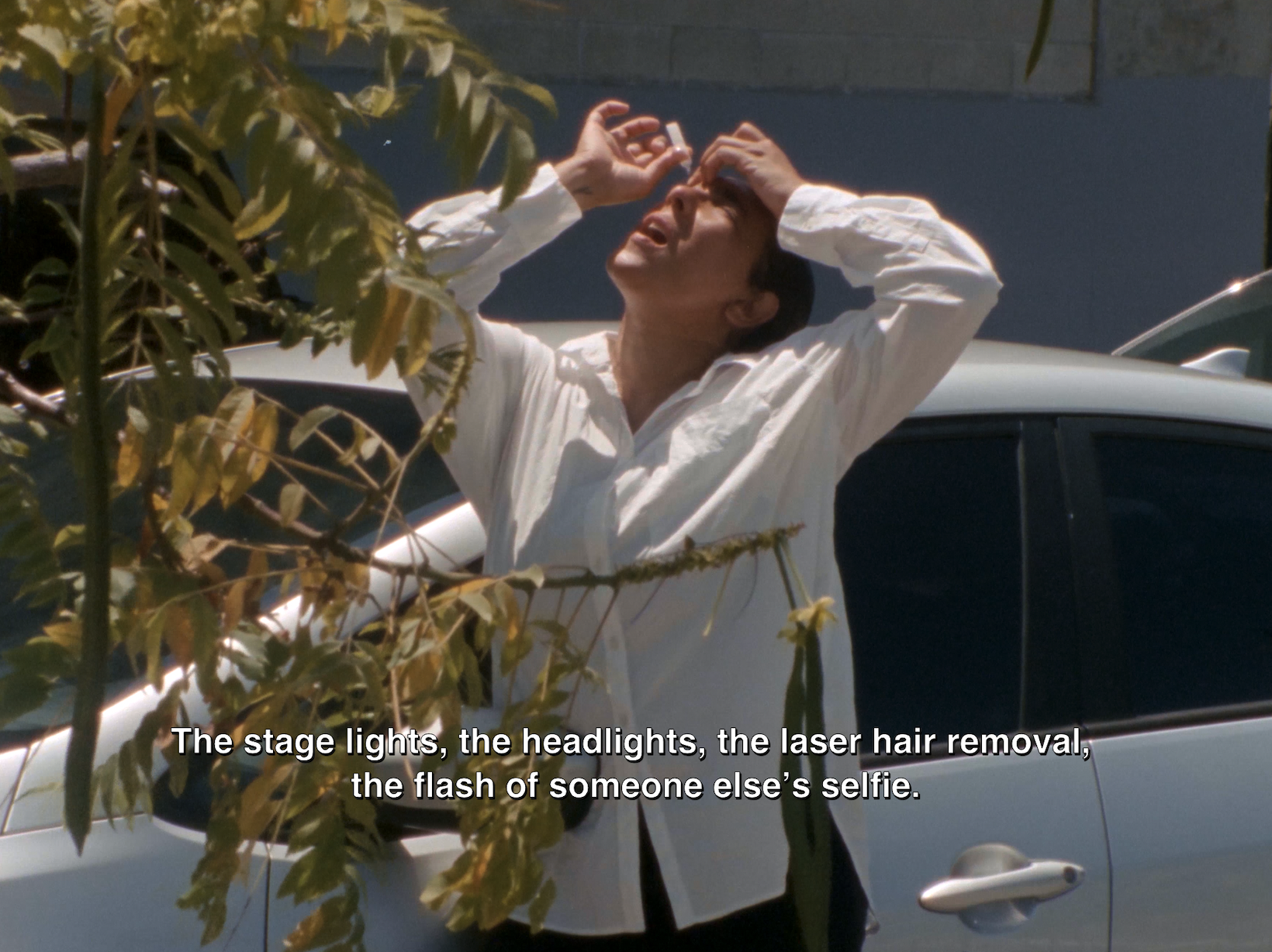 The Hammer Museum in Los Angeles launches the seventh iteration of its highly anticipated artist biennial
The Hammer Museum in Los Angeles launches the seventh iteration of its highly anticipated artist biennialOne of the gallery's flagship exhibitions, Made in LA showcases the breadth and depth of the city's contemporary art scene
-
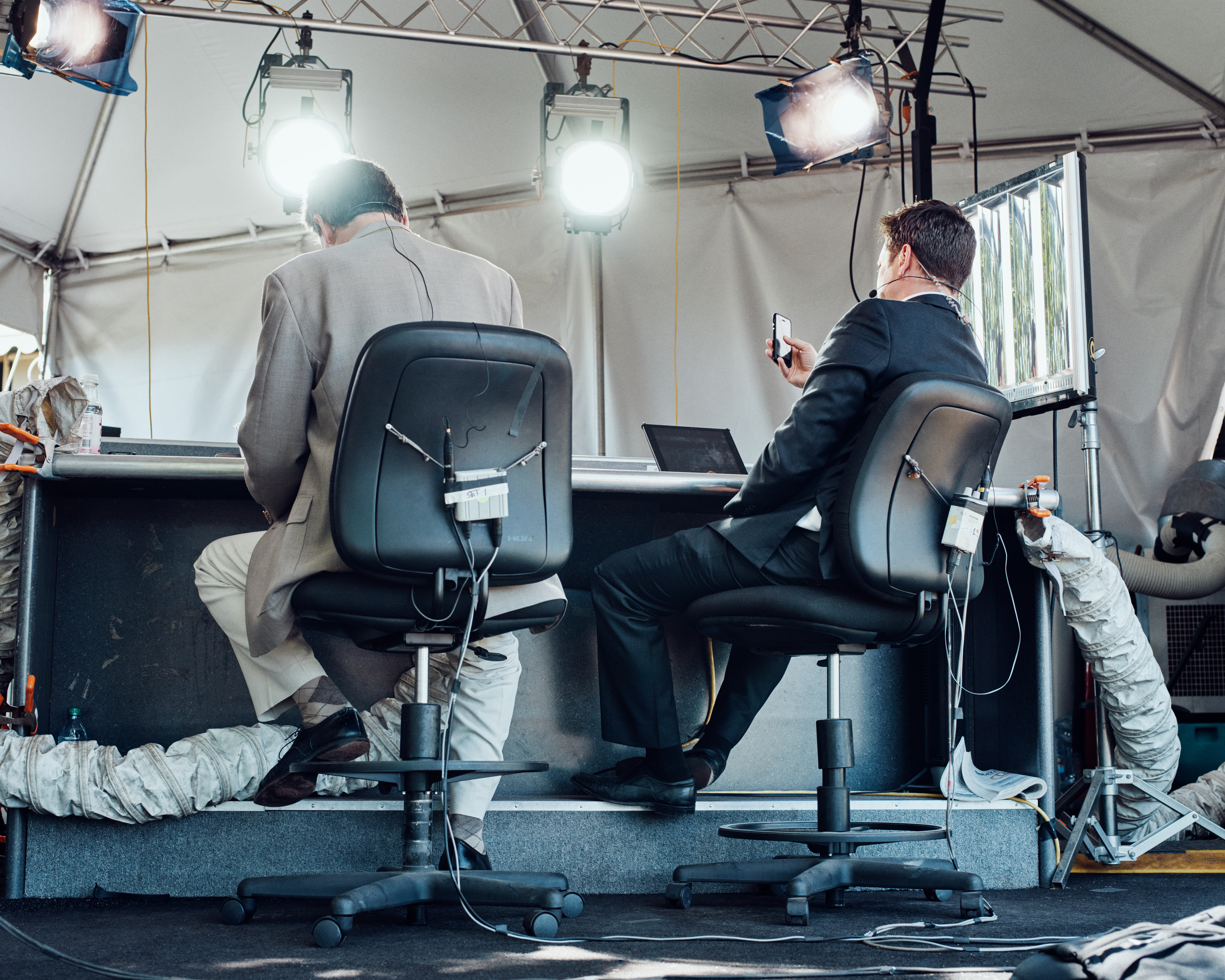 Thomas Prior’s photography captures the uncanny fragility of American life
Thomas Prior’s photography captures the uncanny fragility of American lifeA new book unites two decades of the photographer’s piercing, uneasy work
-
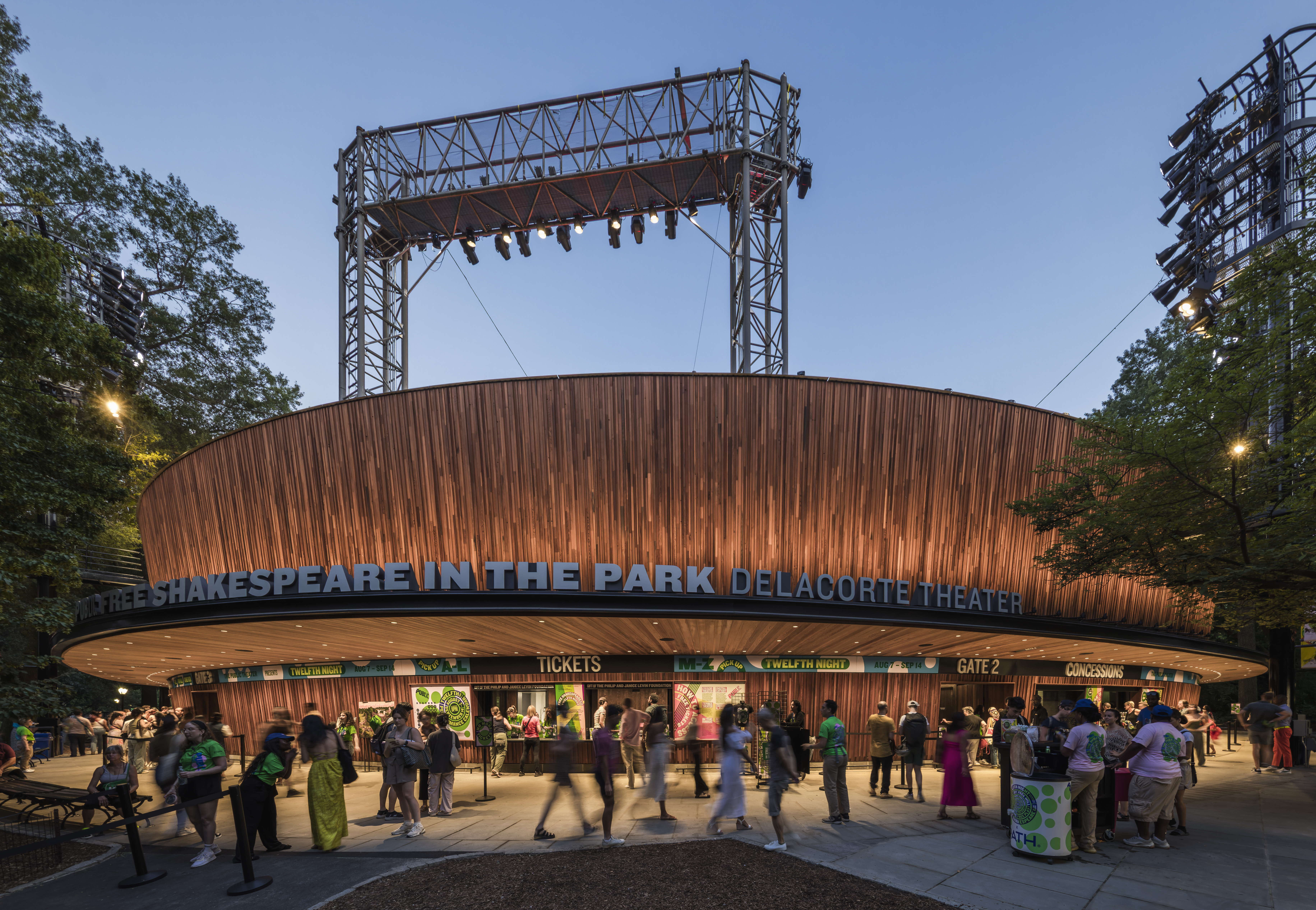 Central Park’s revitalised Delacorte Theater gears up for a new future
Central Park’s revitalised Delacorte Theater gears up for a new futureEnnead Architects helmed an ambitious renovation process that has given the New York City cultural landmark a vibrant and more accessible future
-
 Stephen Prina borrows from pop, classical and modern music: now MoMA pays tribute to his performance work
Stephen Prina borrows from pop, classical and modern music: now MoMA pays tribute to his performance work‘Stephen Prina: A Lick and a Promise’ recalls the artist, musician, and composer’s performances, and is presented throughout MoMA. Prina tells us more
-
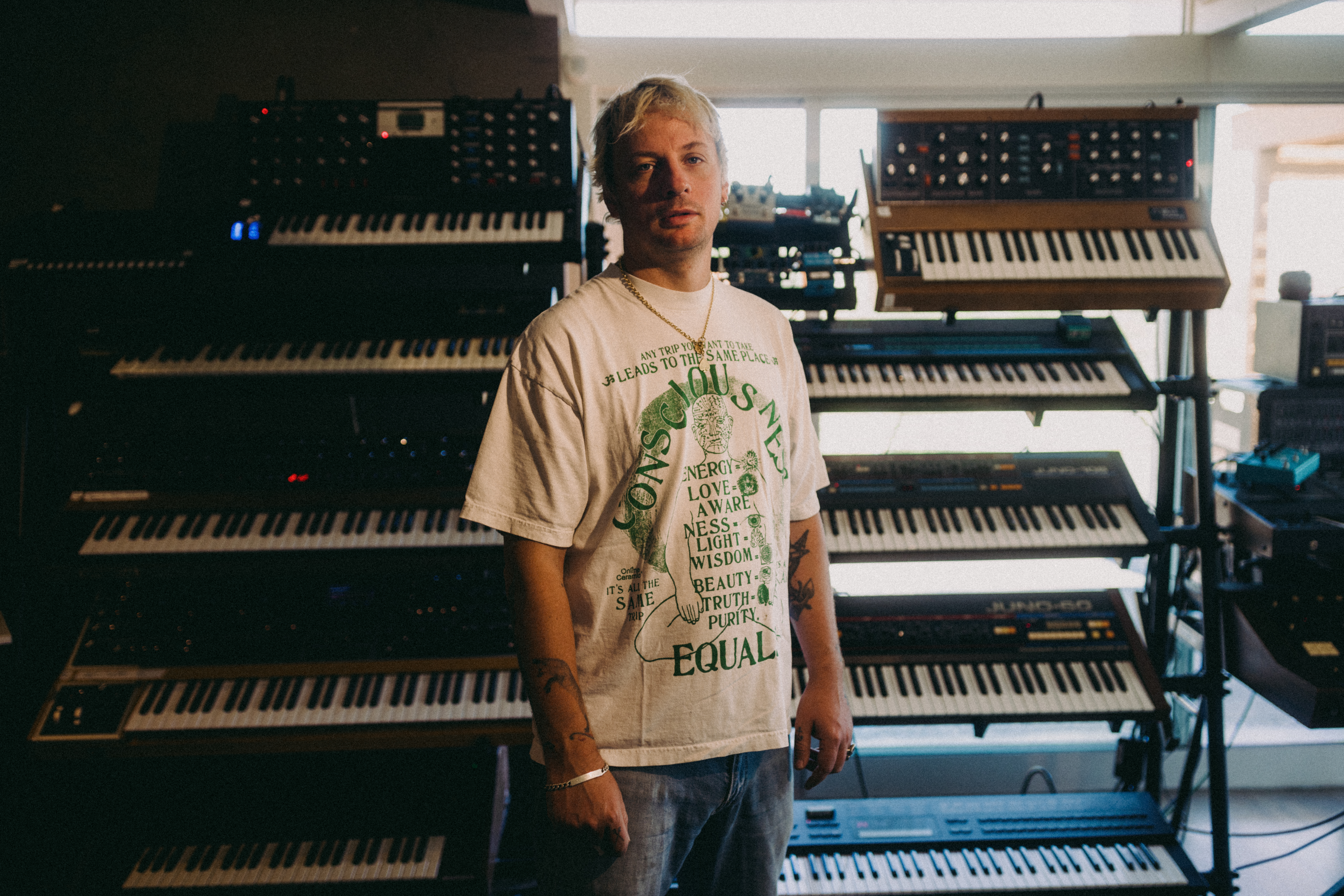 Curtains up, Kid Harpoon rethinks the sound of Broadway production ‘Art’
Curtains up, Kid Harpoon rethinks the sound of Broadway production ‘Art’He’s crafted hits with Harry Styles and Miley Cyrus; now songwriter and producer Kid Harpoon (aka Tom Hull) tells us about composing the music for the new, all-star Broadway revival of Yasmina Reza’s play ‘Art’
-
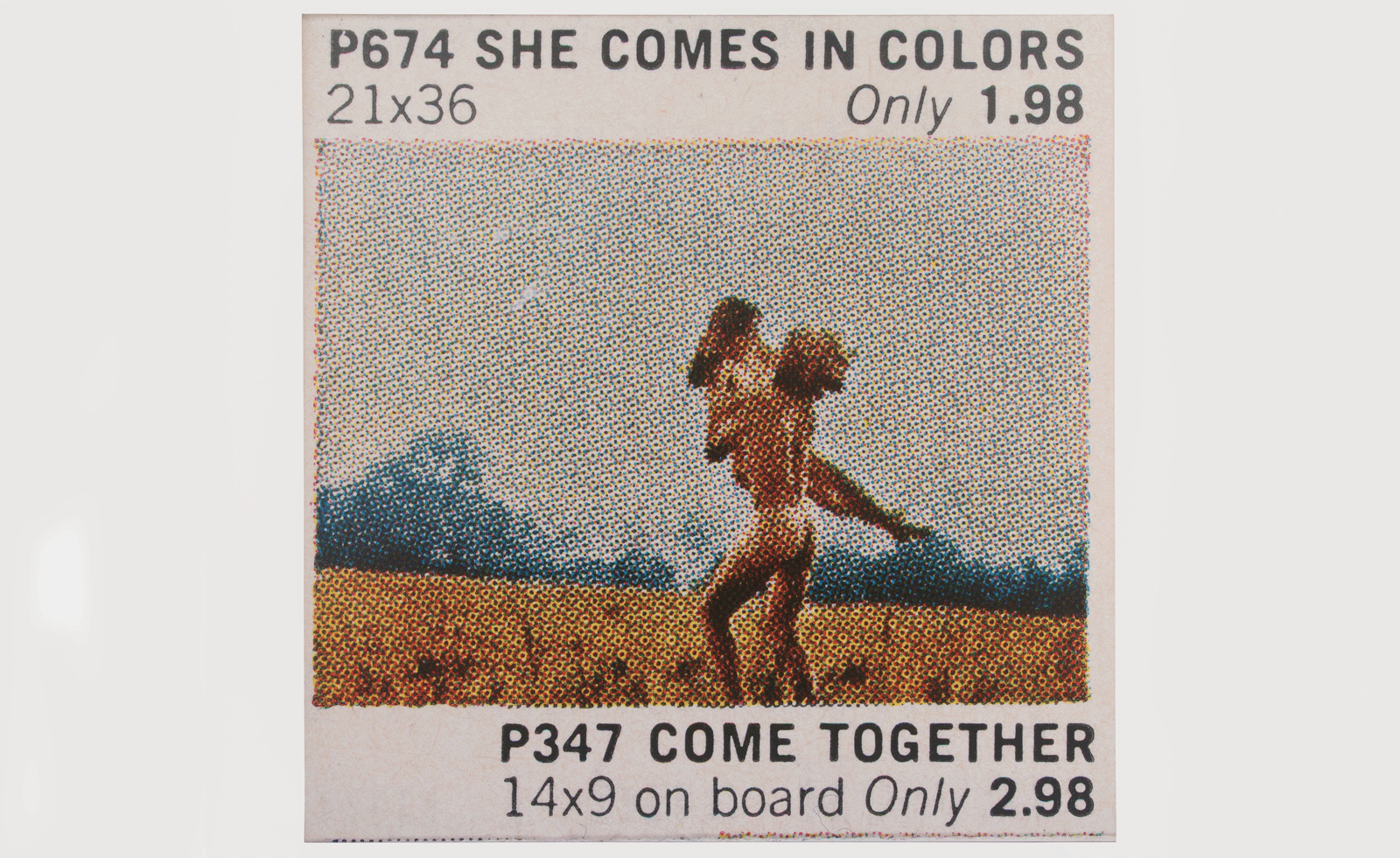 Richard Prince recontextualises archival advertisements in Texas
Richard Prince recontextualises archival advertisements in TexasThe artist unites his ‘Posters’ – based on ads for everything from cat pictures to nudes – at Hetzler, Marfa
-
 The best Ruth Asawa exhibition is actually on the streets of San Francisco
The best Ruth Asawa exhibition is actually on the streets of San FranciscoThe artist, now the subject of a major retrospective at SFMOMA, designed many public sculptures scattered across the Bay Area – you just have to know where to look